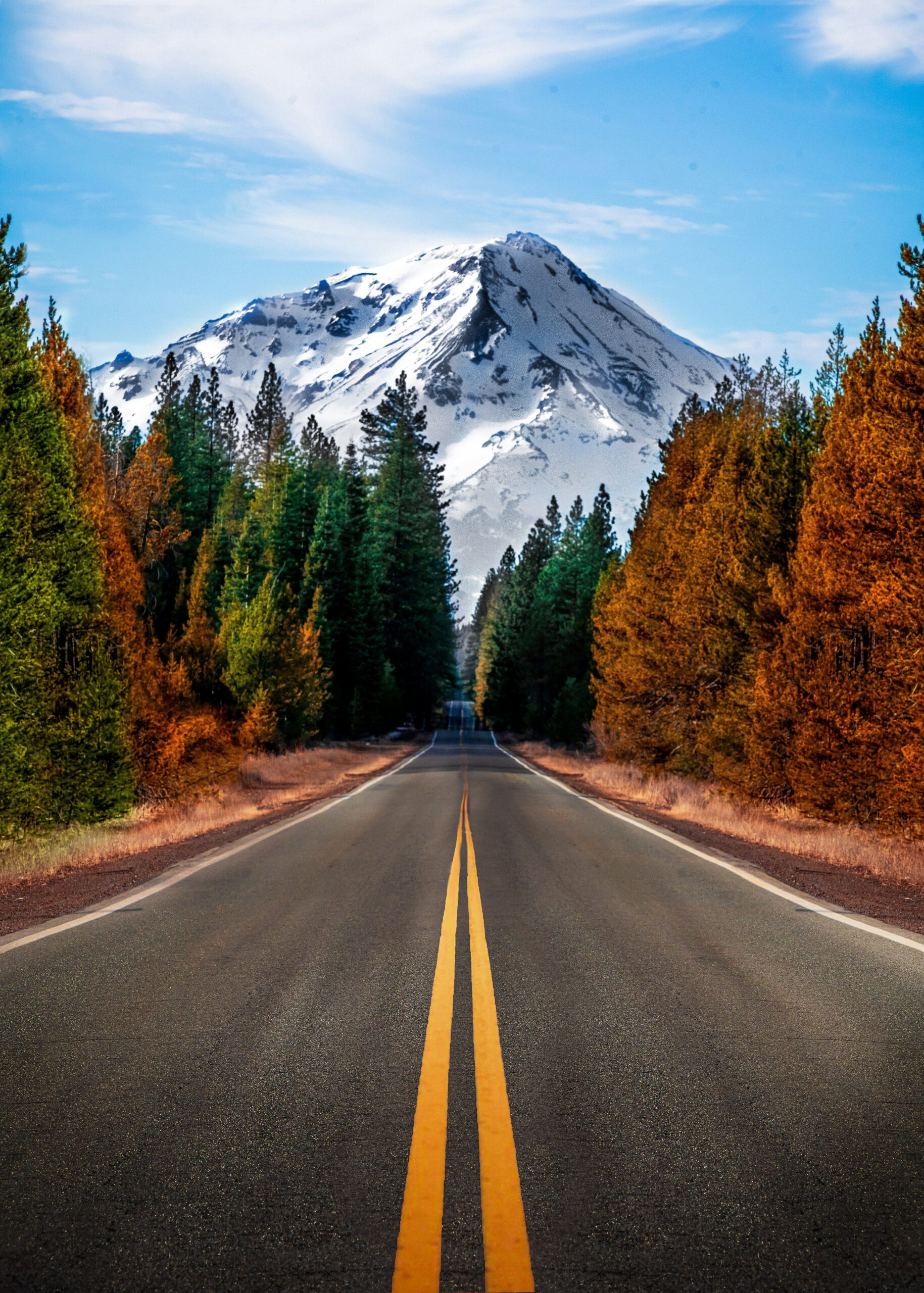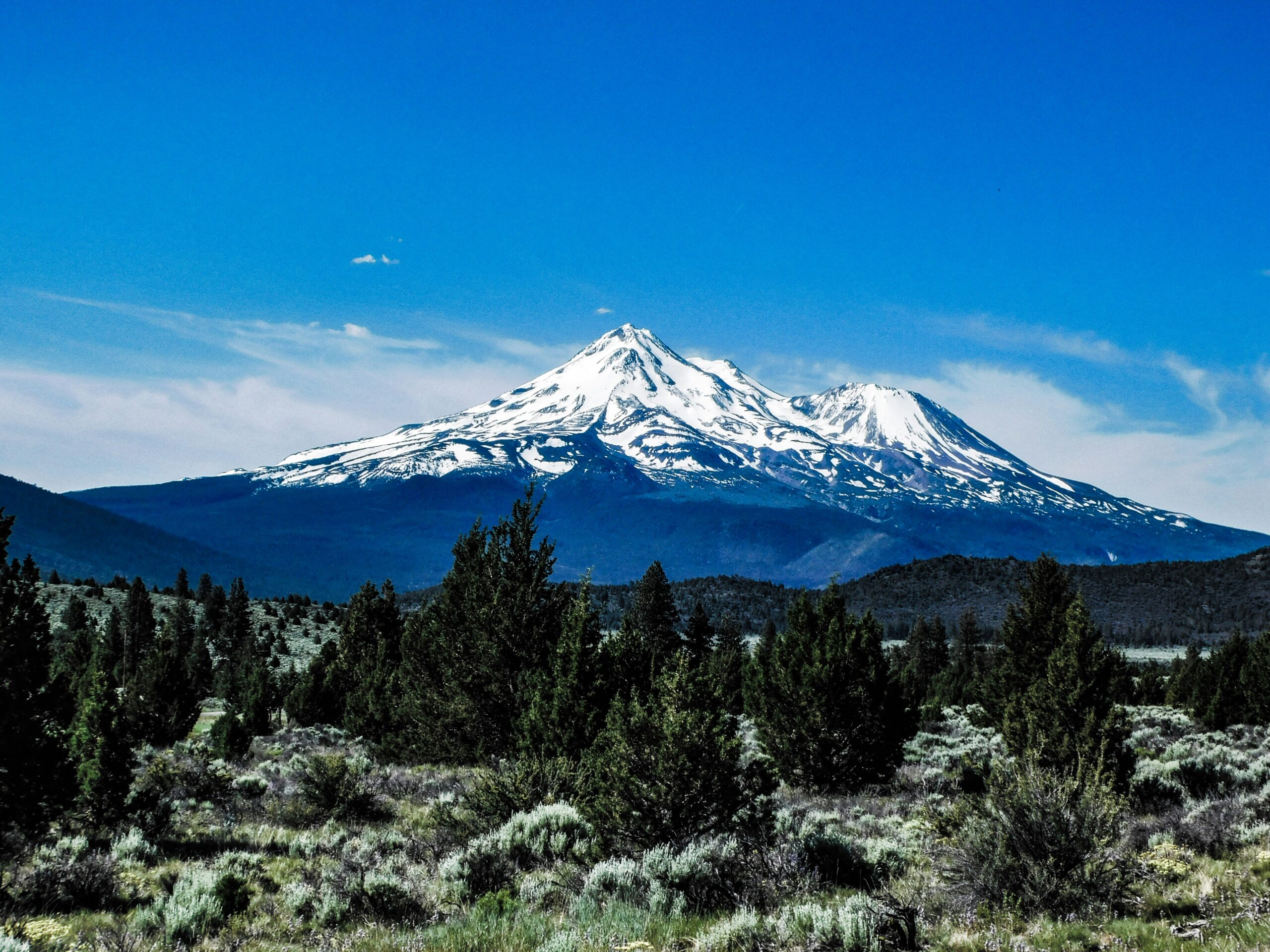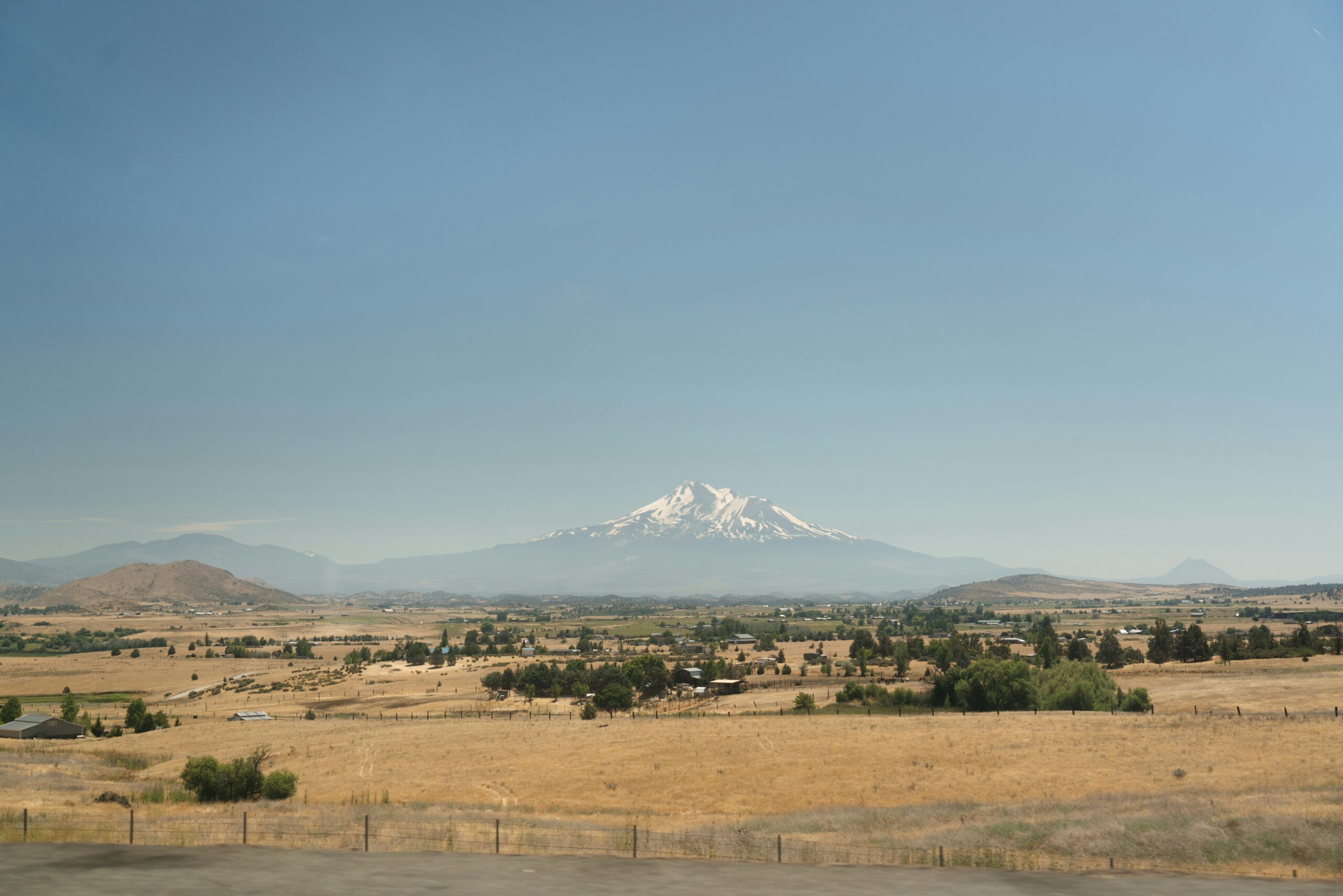Imagine you're standing atop the magnificent Mount Shasta, taking in the breathtaking scenery surrounding you. The crisp mountain air fills your lungs, and a sense of accomplishment washes over you. But in the back of your mind, a nagging thought lingers: “What should I do in case of an emergency on Mount Shasta?” Whether you're an experienced hiker or a novice adventurer, being prepared for unexpected situations is of utmost importance when tackling this majestic peak. In this article, we will explore essential safety tips and guidelines to help ensure your journey on Mount Shasta remains an unforgettable one, for all the right reasons.

Understanding the Dangers
Mount Shasta, while breathtakingly beautiful, poses its fair share of dangers. It's important for climbers to be aware of these hazards to ensure their safety on the mountain. Some common dangers include falling rocks, avalanches, and extreme weather conditions.
Falling rocks can occur at any time, especially in areas where loose debris is present. It's crucial to stay vigilant and avoid lingering in areas with unstable rocks. Avalanches are another significant risk, particularly in certain areas of the mountain. It's vital to recognize the signs of avalanche-prone areas, such as steep slopes and accumulations of snow. Extreme weather on Mount Shasta can change rapidly, with high winds, heavy snowfall, and low visibility. It's essential to be prepared for these conditions and have the necessary equipment to withstand them. Hyperthermia, or cold-related injuries, is also a potential danger. Knowing the signs, such as shivering, confusion, and loss of coordination, can help prevent serious illness or death. Lastly, the ever-changing landscape and limited visibility can increase the chances of getting lost. Climbers should always be aware of their surroundings and have a plan in place for navigation.
Preparation Before the Climb
Proper preparation before embarking on a Mount Shasta climb is essential for a safe and successful journey. Planning the trip in detail with a focus on weather, terrain, and physical challenges is crucial. Familiarize yourself with the mountain's routes, identifying potential hazards and obstacles along the way. Additionally, equipping yourself for worst-case scenarios is vital. Ensure you have enough food, water, shelter, navigation tools (such as a map, compass, and GPS), and communication devices (such as a satellite phone or transceiver).
Before starting your climb, it's essential to register for a climbing permit. This ensures that park authorities are aware of your presence on the mountain. Letting someone know about your plans and expected return time is also crucial. Share your itinerary with a trusted person, so they can raise the alarm if you fail to check-in as scheduled.
Route Planning
Selecting a route suitable for your skill level is essential for a safe climb. Determine your abilities and experience level honestly and choose a route that aligns with it. It's advisable to start with less challenging routes and gradually progress to more difficult climbs.
In addition to selecting an appropriate route, it's crucial to plan for escape routes in case of emergencies. Familiarize yourself with the mountain's shelters and aid stations. Identify their locations to ensure you can seek refuge or assistance if needed.
First Aid Skills
Having basic first aid knowledge is paramount when climbing Mount Shasta or any other mountain. Training for basic first aid and CPR can prepare you to respond effectively in case of an emergency. Additionally, it's important to learn about altitude sickness and its prevention, as climbing to high altitudes can increase the risk of developing this condition.
Organizing a comprehensive first aid kit is essential for any climbing expedition. Include items such as bandages, splints, antiseptic, pain relievers, and any necessary medication. It's important to regularly check and restock your kit to ensure it's always ready for use.

Identifying and Responding to Emergencies
In the event of an emergency on Mount Shasta, being able to identify and respond promptly is crucial. Implementing the ABC approach (Airway, Breathing, Circulation) for any critically injured person is critical. Ensure the injured person's airway is clear, check for breathing, and if necessary, perform CPR. Knowing how to apply splints and bandages correctly can help stabilize fractures and prevent further injury.
Recognizing the symptoms of altitude sickness, hypothermia, frostbite, and snow-blindness is vital. Altitude sickness can manifest with symptoms such as headache, nausea, dizziness, and shortness of breath. Immediate action should be taken if any of these symptoms are present. Hypothermia occurs when the body loses heat faster than it can produce, resulting in dangerously low body temperature. Signs include intense shivering, confusion, and difficulty speaking. Frostbite, the freezing of body tissues, can lead to serious tissue damage if not addressed promptly. Symptoms include numbness, tingling, and a white or grayish appearance of the skin. Snow-blindness, caused by excessive exposure to UV rays reflected off snow, can cause temporary blindness and eye discomfort.
Communication in Emergencies
Carrying a satellite phone or transceiver is crucial for situations when you're out of range for regular communication. These devices allow you to reach emergency services or call for assistance. Additionally, understanding the universal distress signal (three short blasts of a whistle, three flashes of a flashlight) can help attract attention in an emergency.
Mastering a few key phrases in the local language or having a phrasebook can be helpful in communicating with locals or rescue teams. It can facilitate better understanding and expedite the rescue process.
In situations where communication devices or language barriers may complicate signaling distress, having a whistle or flashlight can be invaluable. These tools can be used to create visible or audible signals that rescuers can easily identify.

Navigating in Emergencies
In emergency situations where you may need to navigate unfamiliar terrain, knowing how to use a topographic map and compass can be life-saving. Familiarize yourself with these navigation tools and practice using them before your climb. GPS devices are also useful for navigation, so knowing how to operate one effectively is essential. Additionally, understanding basic orientation using the sun and stars can provide crucial direction when other tools may not be available.
Surviving Overnights
In the event that you find yourself in an emergency situation that requires an overnight stay on Mount Shasta, knowing how to build a snow cave or other emergency shelter is crucial. These shelters can provide protection from the elements and keep you warm. It's also important to know how to maintain body heat in freezing weather. Wear multiple layers of clothing, including a windproof and waterproof outer layer. Use insulation, such as sleeping mats or additional clothing, to prevent heat loss through contact with the ground. Additionally, proper hydration and rationing of food supplies are essential during emergencies.
Emergency Rescue
In the event that an emergency rescue is required, knowing how to use emergency beacon signal selectors is important. These devices can transmit distress signals and increase the chances of being located quickly. Familiarize yourself with the operation of these devices before your climb.
If a helicopter rescue is necessary, it's important to be prepared. Understand helicopter rescue procedures and follow instructions given by the rescue team. Be aware of any risks associated with helicopter rescues, such as rotor wash, and ensure you follow the rescue team's guidance for a safe operation.
In some situations, you may find yourself in a position where you need to assist or perform rescue operations. It's important to understand the procedures and techniques involved in these situations to ensure the safety of both yourself and the injured person.
After the Emergency
After experiencing a significant emergency on Mount Shasta, seeking a professional medical checkup is highly recommended. Even if you do not have any apparent injuries, it's important to have a thorough evaluation to ensure there are no underlying health concerns.
Reporting the emergency to park authorities, along with any relevant details, is important for their records and future safety considerations. By sharing your experience, you can contribute to improving safety measures and informing others about potential risks.
Reflecting on the incident and formulating better strategies for future climbs is key to avoiding similar emergencies. Evaluate your decisions, actions, and equipment choices during the emergency and identify areas for improvement. Continuously learning and adapting from past experiences will ensure safer and more enjoyable climbs in the future.
In conclusion, Mount Shasta offers incredible opportunities for climbers, but it's crucial to understand and prepare for the potential dangers. By identifying common hazards, planning meticulously, gaining necessary skills, and knowing how to respond to emergencies, climbers can enjoy a safe and successful experience on the mountain. Remember to always prioritize safety and be well-prepared for any situation that may arise.
